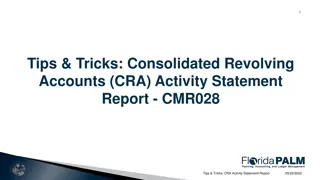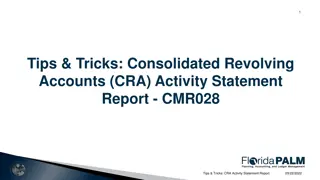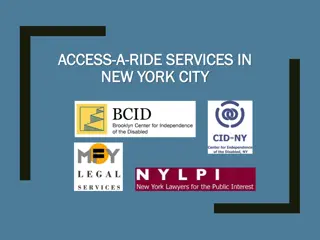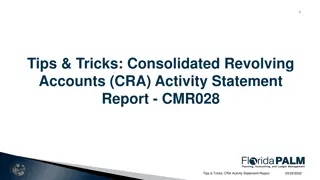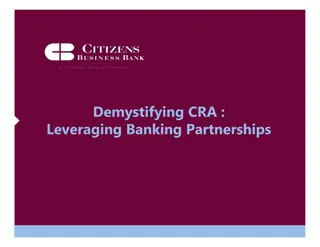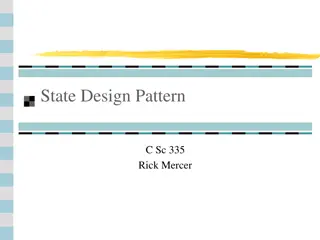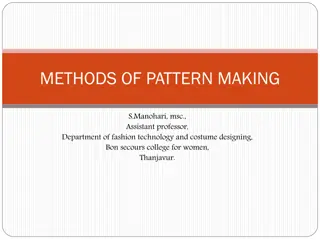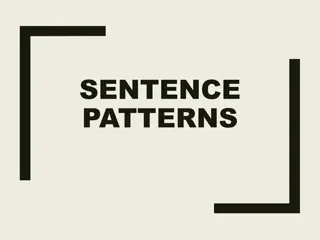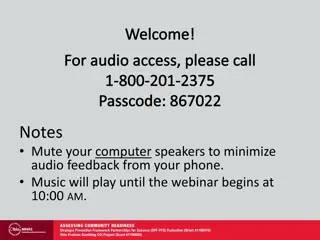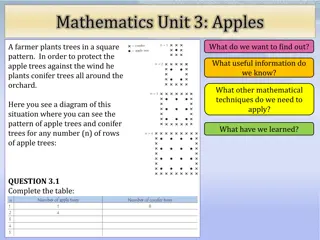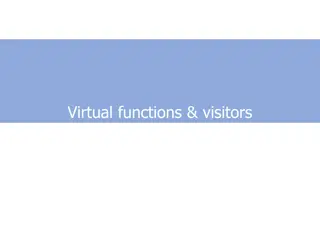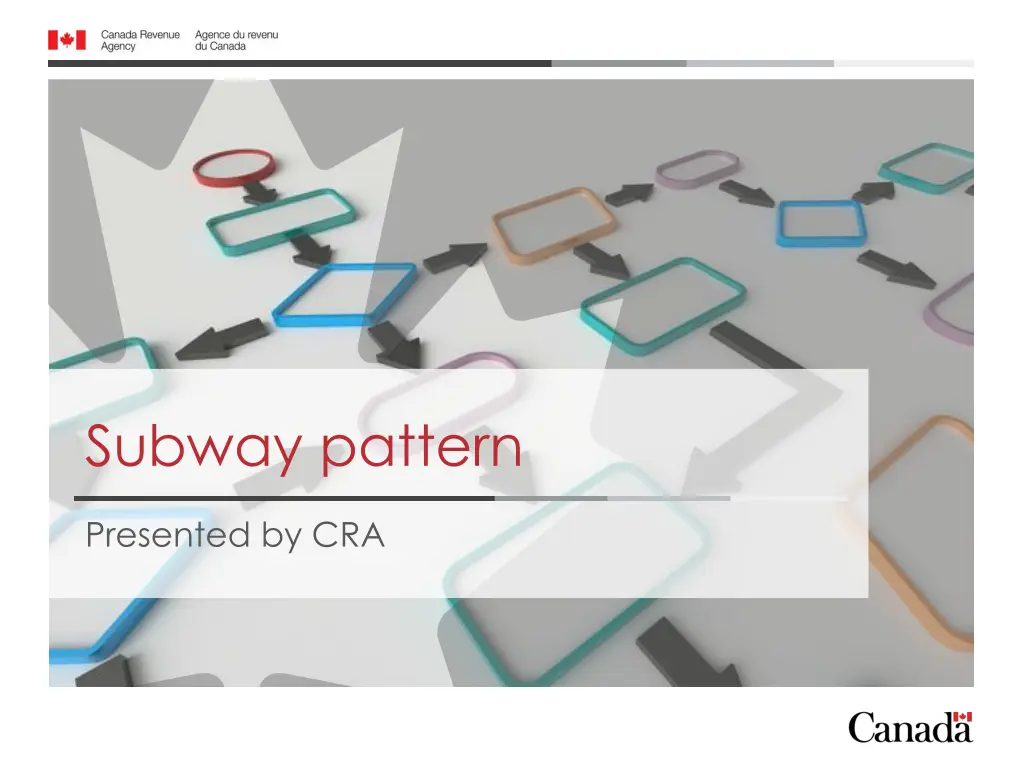
Logical Progression for User Journey Representation
This content outlines the concept of a "happy path" to structure content logically for user journey representation. It covers the introduction of a product or service, targeting the audience, core activities, follow-up tasks, and optional contact details. Each step is explained with recommended wordings and examples to ensure a smooth user experience.
Download Presentation

Please find below an Image/Link to download the presentation.
The content on the website is provided AS IS for your information and personal use only. It may not be sold, licensed, or shared on other websites without obtaining consent from the author. If you encounter any issues during the download, it is possible that the publisher has removed the file from their server.
You are allowed to download the files provided on this website for personal or commercial use, subject to the condition that they are used lawfully. All files are the property of their respective owners.
The content on the website is provided AS IS for your information and personal use only. It may not be sold, licensed, or shared on other websites without obtaining consent from the author.
E N D
Presentation Transcript
Subway pattern Presented by CRA
3 page types Index page (required) Step page (required) Sub-page (experimental) 2
Mobile-first coding on step page and sub-page Sections appears 3
The happy path The flow of content should follow a logical progression. It should reflect the user journey and represent a "happy path The "happy path" is: 1. Introduce the product or service 2. Explain who it's for 3. Explain what core activity the user has to do 4. Explain any follow-up activities 5. Provide contact details (optional) 4
1. Introduce the product or service If it's easy to describe Introductory statement goes on the index page, above the subway menu If it's complicated to describe If the product or service is too complex to reasonably describe on the index page, include a high-level description on the index page and use the first step page in the subway menu to provide more detail. Recommended wording: What is the [X] What are [X] Live examples: Disability tax credit (DTC) (index page) What is the DTC (first step page) Scientific Research and Experimental Development (SR&ED) tax incentives (index page) What are SR&ED tax incentives (first step page) Live examples: Canada Dental Benefit Canada Workers Benefit 5
2. Explain who it's for This is often where eligibility information goes Recommended wording (choose one): Who can apply Who can claim Who can file Who is eligible (avoid if possible) Who must register Provide extra information. Recommended wording (as needed): How much you can get Periods you can apply for Expenses you can claim Which of your employees qualify 6
3. Explain what core activity the user has to do This page contains the core activity Prepare for the core activity. Recommended wording (choose one): Get ready to apply Get ready to claim Get ready to file Get ready to register Give timelines. Recommended wording (choose one): When to apply When to claim When to file Provide assistance. Recommended wording: Calculate your [x] How to complete the core activity. Recommended wording (choose one): How to apply How to claim How to file How to register 7
4. Explain any follow-up activities Contains the activities that happen after the core activity has been done. Explain what happens after. Recommended wording (choose one): After you apply After you claim After you file After you register Post application tasks or information. Recommended wording (as needed): Validating your application Our review and decision When and how to get your payment Impact on your [x] Change or cancel your claim Change or manage your account Return a payment Keep getting your payments 8
5. Provide contact details (optional) If there are specific phone numbers or mailing addresses associated with the product or service, it is optional to create a contact page. Recommended wording: Contact us 9
Reminder: 3 page types Index page (required) Step page (required) Sub-page (experimental) 10
Index page H1 Nouns: Likely the name of the product, so already specific Canada Dental Benefit Verbs: Huge risk of overlap with other products so be very specific Vague is bad: Register for an account Specific is good: Register for a payroll account Content area Introduce the product or service If it s too big to fit, use the first step page to explain Navigation menu Aim for 3-8 Uses doormat desk (link + descriptive text) Must follow a happy path Breadcrumb Link to the parent page Parent page must link back Supporting links Ideally avoid Must link to content that applies to the whole of the product or service Pagination None 11
Index page: Typical mistakes No index page was created because the content was ported over from a SIP pattern Vague H1 Missing doormat text Too many Related links 12
Step page First H1 Matches index page H1 Second H1 Concise heading Content area Adheres to style guide rules and GCWeb styles Navigation menu Links only to other pages in the second level of the IA You can't link to pages outside the subway menu from a subway link Breadcrumb Canada.ca > ... > [Parent topic page] > [Index page] Supporting links Appear within the content area, in the body of the text at the point of need Pagination Forward only Use the H1 of the landing page as the link text <title> tag <title>[Step page] - [Index page] - Canada.ca</title> You must manually override the default, to include the name of the [Index page] 13
Step page: Typical mistakes H1 is too wordy (remember, the index H1 is also there, so there is no need to repeat) H1 is too action oriented ( Apply vs How to apply ) Links taking the user away from the subway Showing sub-pages in the IA menu Displaying a previous pagination button Next button text instead of the name of the landing page 14
Research CRA developed with DTO during an optimization project on the Canada Child Benefit, which confirmed it: Works well on mobile devices Is an effective way to show the relationship between related pages Has been further tested on numerous other benefit programs, including the COVID-19 benefits and subsidies Uses 2 H1headings on the step pages and the sub-pages, as discussed in Service Canada's: Design decision 12 - Double H1 on a single page 15




